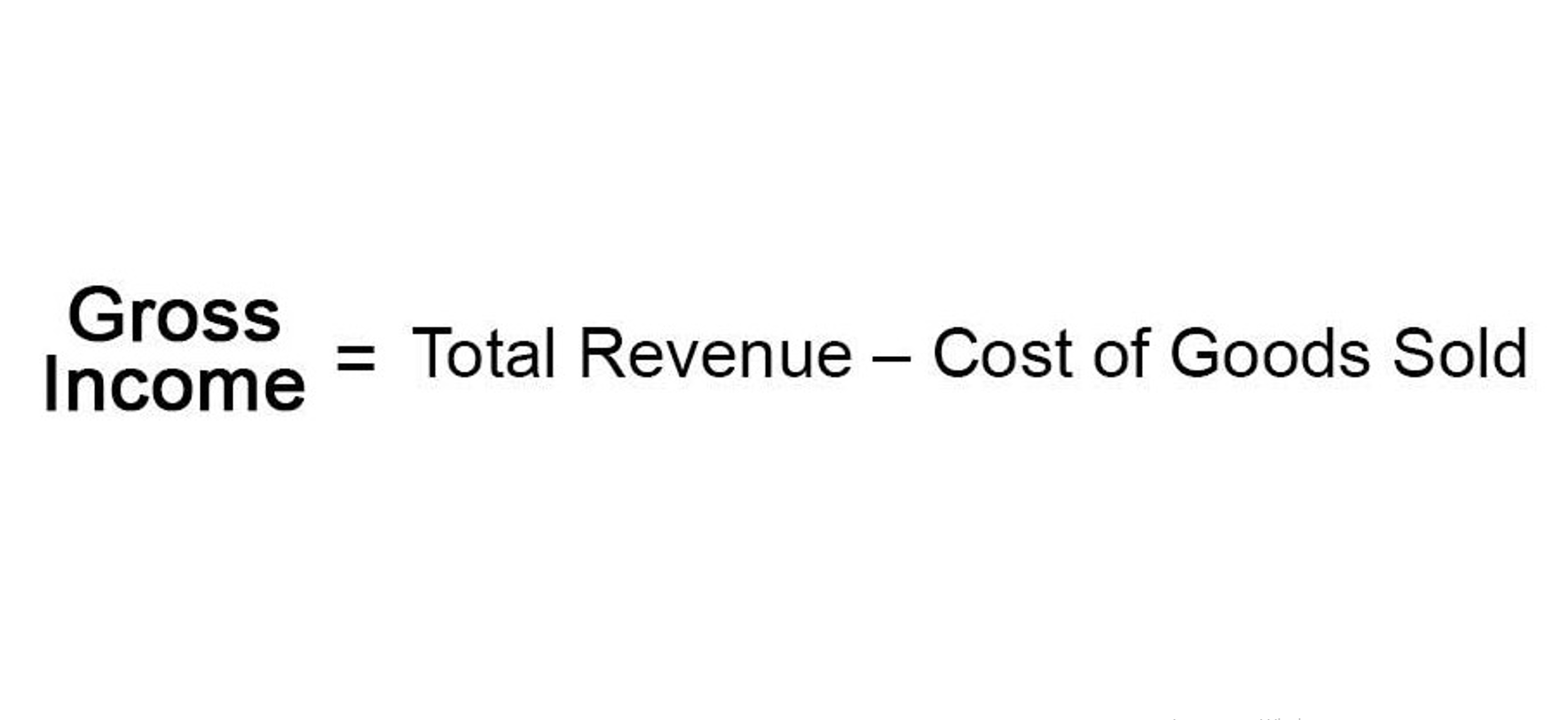
Both cash dividends and stock dividends result does retained earnings have a credit balance in a decrease in retained earnings. The effect of cash and stock dividends on the retained earnings has been explained in the sections below. Understanding the concept of normal credit balances and the different types of accounts that fall into this category is essential for individuals and businesses navigating the world of finance.
Retained Earnings in Financial Statements

Retained earnings, at their core, are the portion of a company’s net income that remains after all dividends and distributions to shareholders are paid out. Retained earnings journal entries are used to record changes in retained earnings on the company’s books. For example, at the end of a fiscal year, an entry might debit the income summary account and credit retained earnings to reflect the transfer of unearned revenue net income to retained earnings.

Key Differences Between Debit and Credit
A statement of retained earnings details the changes in a company’s retained earnings balance over a specific period, usually a year. When a company generates net income, it increases its retained earnings by the amount of income that is not paid out as dividends. In accounting software like QuickBooks, what is retained earnings QuickBooks refers to the account used to track the retained earnings of a business. This account automatically updates at the end of each fiscal year, reflecting the net income or loss that has been retained. This money can partly be distributed as dividends to the stockholders, while also being reinvested for business growth. Understanding retained earnings is essential for investors, analysts, and business owners alike.

When to Use Debit vs Credit
- On one hand, high retained earnings could indicate financial strength since it demonstrates a track record of profitability in previous years.
- Retained earnings are a powerful financial tool that allows companies to reinvest in themselves, reduce debt, and build reserves for the future.
- On the other hand, the stock payment transfers part of the retained earnings to common stock.
- The balance in the corporation’s Retained Earnings account is the corporation’s net income, less net losses, from the date the corporation began to the present, less the sum of dividends paid during this period.
- In contrast, when a company suffers a net loss or pays dividends, the retained earnings account is debited, reducing the balance.
- Retained earnings are the portion of net income a company retains after paying dividends to shareholders rather than distributing all profits and covering all expenses, taxes, and other obligations.
- Before delving into the accounts that have normal credit balances, let’s take a moment to understand the concept of credit balances in the context of accounting.
Since retained earnings are a part of shareholders’ equity, it is an obligation of the company to pay it back to the owners. Thus, it is a liability of the company and it is credited as per the golden rules of accounting for personal accounts. Samsung Inc. earned a net profit of 500,000 during the accounting period Jan-Dec 20×1. The company decided to retain the profits for that year and invest the retained earnings in expanding the business. They are a measure of a company’s financial health, and they can promote stability and growth.

What is a statement of retained earnings?

A company is normally subject to a company tax on the net income of the company in a financial year. In most cases in most jurisdictions no tax is payable on the accumulated earnings retained by a company. However, this creates a potential for tax avoidance, because the Accounting Security corporate tax rate is usually lower than the higher marginal rates for some individual taxpayers.
To simplify your retained earnings calculation, opt for user-friendly accounting software with comprehensive reporting capabilities. There are plenty of options out there, including QuickBooks, Xero, and FreshBooks. Retained earnings, on the other hand, refer to the portion of a company’s net profit that hasn’t been paid out to its shareholders as dividends. Shareholders, analysts and potential investors use the statement to assess a company’s profitability and dividend payout potential.
Can Retained Earnings be negative?
For many businesses, accounts receivable (AR) are more than just a line item on the balance sheet. This account provides a key indicator of potential cash flow, customer relationships and overall financial health. Now, let’s delve into some specific examples of accounts that have normal credit balances. Before delving into the accounts that have normal credit balances, let’s take a moment to understand the concept of credit balances in the context of accounting.
